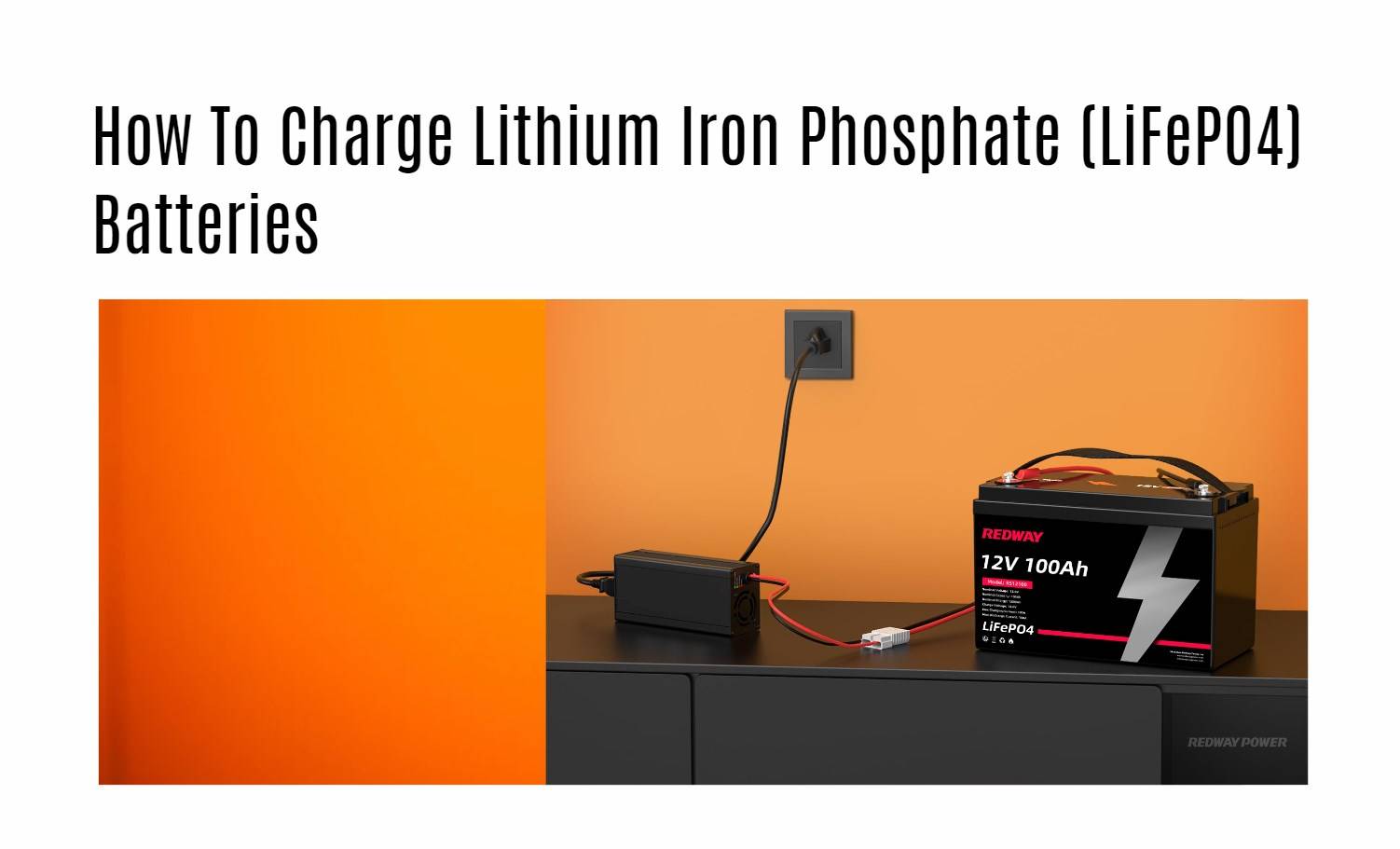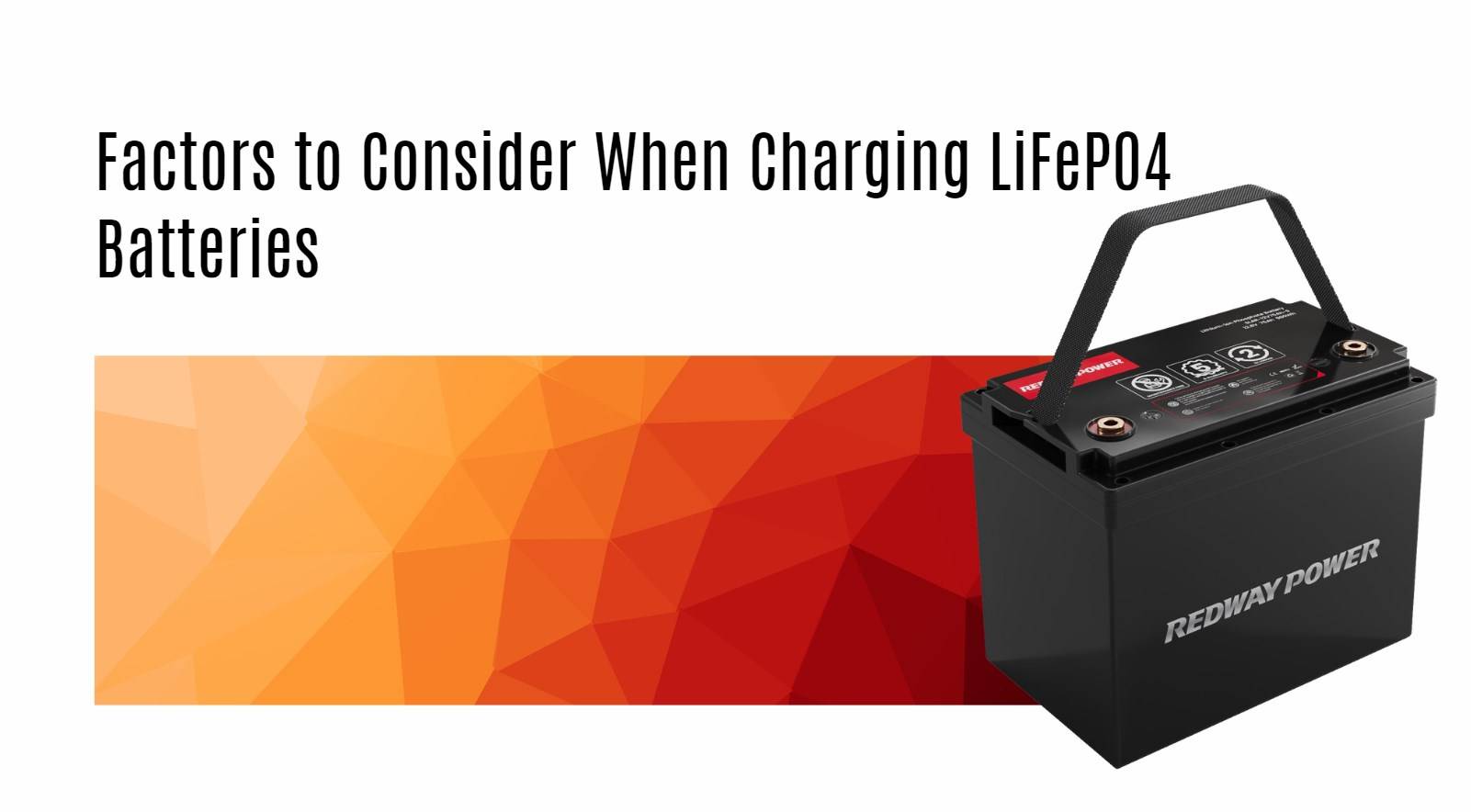Charging
Lithium Iron Phosphate (LiFePO4) batteries safely requires understanding the recommended charging methods, selecting appropriate chargers, and recognizing common mistakes; following best practices ensures optimal battery health and performance over time.
What Is the Recommended Charging Method for LiFePO4 Batteries?
The recommended charging method for
LiFePO4 batteries is the
Constant Current/Constant Voltage (CC/CV) method; this involves charging at a constant current until the battery reaches a specified voltage, then switching to constant voltage until the current drops to a safe level.
Chart: CC/CV Charging Process| Stage | Description |
|---|
| Constant Current | Initial charging at a steady current |
| Constant Voltage | Maintains voltage while current decreases |
How Do You Select the Right Charger for LiFePO4 Batteries?
When selecting a charger, ensure it is specifically designed for
LiFePO4 batteries; look for features such as adjustable current settings, built-in protections against overcharging, and compatibility with your battery’s voltage specifications.
Chart: Key Features of a Suitable Charger| Feature | Description |
|---|
| Voltage Compatibility | Must match battery voltage (e.g., 12V, 24V) |
| Adjustable Current | Allows flexibility in charging speed |
| Safety Features | Includes overcharge protection and thermal management |
What Are Common Mistakes When Charging LiFePO4 Batteries?
Common mistakes include:
- Using chargers not designed for lithium batteries, which can lead to overcharging.
- Failing to monitor temperature during charging, risking thermal runaway.
- Allowing batteries to discharge too low before recharging.
How Does Temperature Affect Charging Efficiency?
Temperature significantly impacts charging efficiency;
LiFePO4 batteries perform best at moderate temperatures (15°C – 25°C or 59°F – 77°F); extreme temperatures can lead to reduced capacity and increased internal resistance.
Chart: Temperature Effects on Performance| Temperature Range | Effect on Performance |
|---|
| Below 0°C | Reduced capacity |
| 15°C – 25°C | Optimal performance |
| Above 25°C | Increased risk of thermal runaway |
What Maintenance Practices Improve Battery Health During Charging?
To maintain optimal health:
- Regularly check voltage levels and ensure they remain within safe limits.
- Clean terminals and connections to prevent corrosion.
- Store batteries at recommended temperatures when not in use.
How Can You Monitor the Charge Level Effectively?
Monitoring charge levels can be done using:
- A multimeter to check voltage regularly.
- A battery management system (BMS) that provides real-time data on charge status.
- Periodic capacity tests to evaluate overall health.
Expert Views
Understanding how to charge
LiFePO4 batteries safely is crucial for maximizing their lifespan and ensuring safety during operation,” states Dr. Lisa Green, an expert in battery technology.
FAQ Section
- What is the ideal charging range for a LiFePO4 battery?
It’s best to charge between 20% and 80% capacity to prolong battery life. - Can I use a regular lithium charger for my LiFePO4 battery?
No, always use a charger specifically designed for LiFePO4 batteries to prevent damage. - How often should I check my battery’s health?
Regular checks every few months are recommended to ensure optimal performance.







